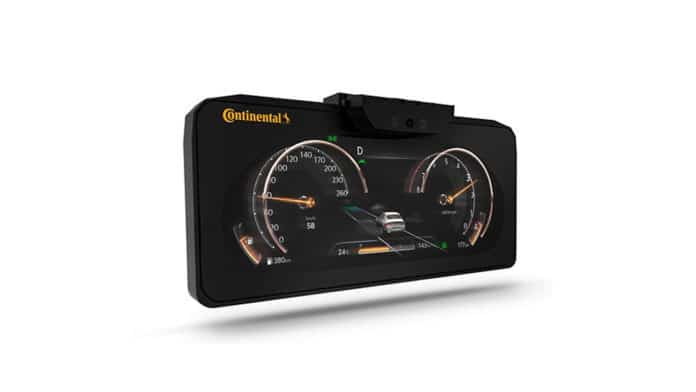A German company Continental is launching its volume-production display featuring autostereoscopic 3D technology on the market in the HMC Genesis GV80 high-line variant. The 3D screen displays scales, pointers, and objects in three dimensions or places a stop sign warning in the driver’s line of sight.
This does not require special glasses to see the content with a realistic appearance. Instead, Continental uses so-called parallax barriers – slanted screens that divide the image for the viewer – as if looking at real objects – such that your left and right eyes receive different images.
In addition, the line of sight of the users is detected with an interior camera, while the 3D images are adjusted to the precise head position. The camera also detects whether the driver is inattentive, distracted, or fatigue or if he stares at the 3D screen too long.

“To ensure that this gain in safety and comfort does not come at the expense of a lean electronics architecture, we integrated various displays in the center console or dashboard into our Cross-Domain Hub,” said Dr. Frank Rabe, head of the Human Machine Interface business unit at Continental.
The technology company is also working on the digital display and infotainment systems of the future, which will further integrate the man-machine interface into a single unit. Drivers can use gesture controls and drag maps from the front passenger screen to their screen wherever they want. Designed for automated driving, the system merges across the entire width of the dashboard, revealing critical information and various services and apps.
Second-row passengers will also be able to enjoy the 3D experience without the need for glasses, as Continental is also developing a 3D display based on the natural 3D Lightfield technology from Leia, a Silicon Valley company. As a result, the natural 3D display not only saves weight, space, and costs but also opens up a whole world of digital services to all passengers in a connected car, from video conferencing and online shopping to augmented reality games and 3D movies.
System production is scheduled for 2022 and will be part of tomorrow’s connected car.
